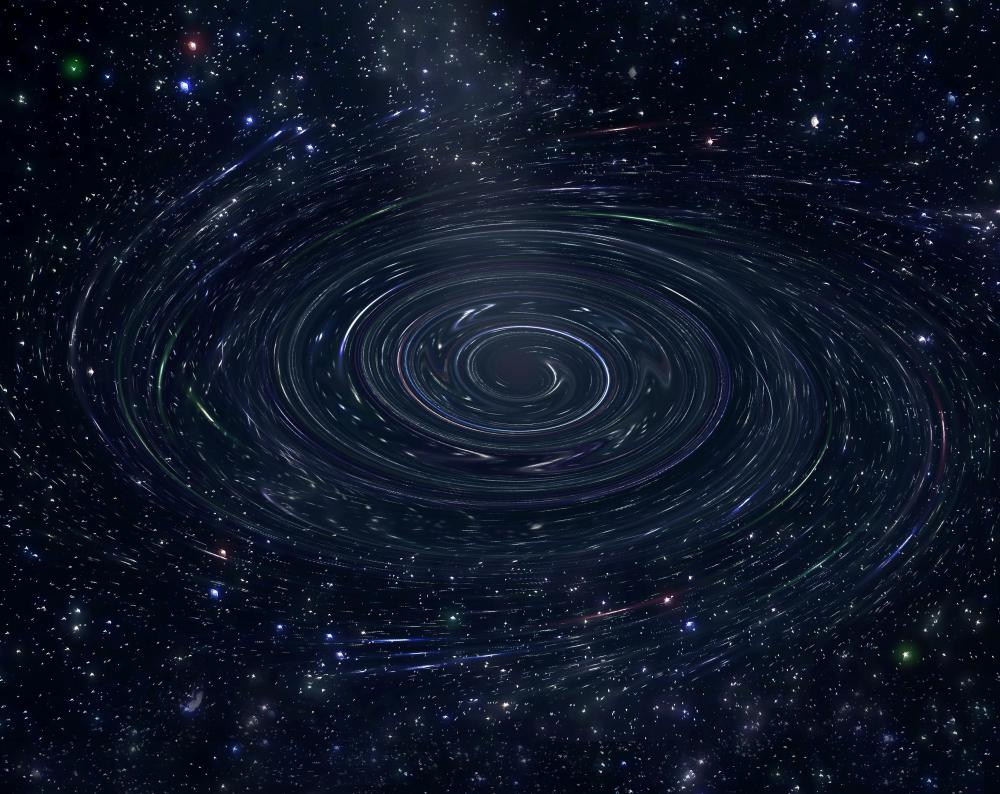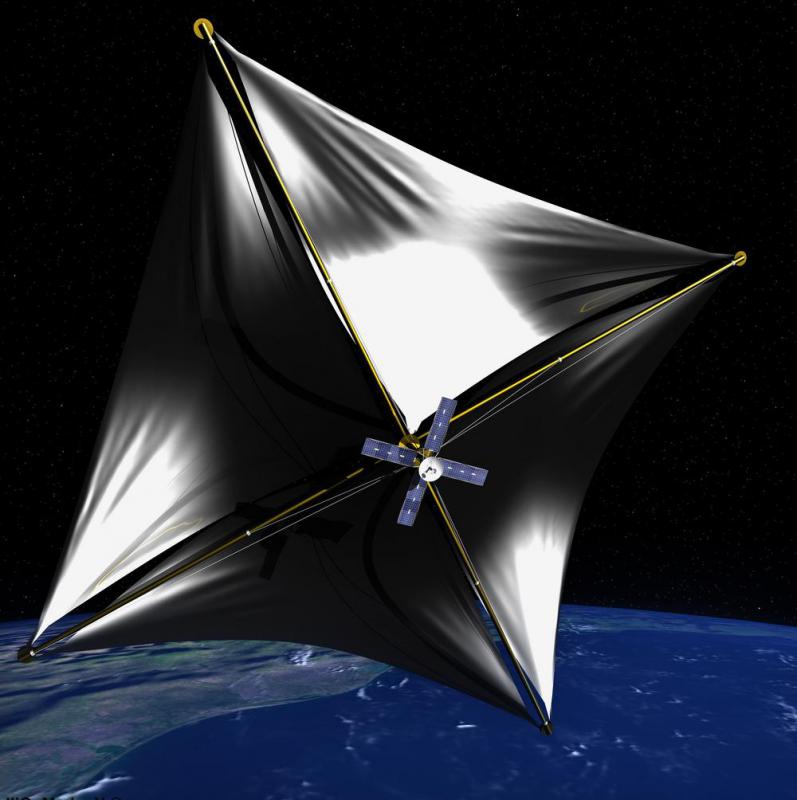At WiseGEEK, we're committed to delivering accurate, trustworthy information. Our expert-authored content is rigorously fact-checked and sourced from credible authorities. Discover how we uphold the highest standards in providing you with reliable knowledge.
What is Hypervelocity?
The term “hypervelocity” is used to describe a very high velocity, usually defined as a rate in excess of 6,700 miles per hour (3,000 meters per second). As one might imagine, it takes a very large amount of energy to reach hypervelocity, and this term mainly comes up in the field of astrophysics. Here on Earth, hypervelocity can be achieved in a laboratory under very tightly controlled conditions, and some physicists do just that to study the properties of objects at hypervelocity.
For people interested in space, hypervelocity is a topic of immense interest, with some very real ramifications. Objects in space can reach hypervelocity, and when they do, interesting things tend to happen. One issue which occurs is that when an object at hypervelocity collides with something, it tends to vaporize, and it can vaporize whatever it hits, as well. In addition, solids such as metals can behave strangely at hypervelocity, acting more like liquids.

One setting in which the movements of objects at very high velocity is studied includes studies of impact sites such as craters created by meteors. A very small meteor can deal out an amazing amount of damage, which is a concern since meteors do occasionally hit the Earth. Hypervelocity also has implications for space travel, as spacecraft could be endangered if they are struck by objects moving at high velocity. These collisions could result in substantial damage to or destruction of a spacecraft.

Controlled experiments in labs are used to explore the properties of different substances at high velocity, and to see what happens in collisions in particular. These experiments require special preparations, facilities, and procedures in order to be conducted safely. NASA is an example of an organization which has facilities where such studies can be done.

Physicists have also taken note of a type of star known as a hypervelocity star, which moves much more quickly than it should. Researchers hypothesized that such stars might exist in the 1980s, suggesting that they could be created through the interaction of a binary star system with a black hole. If one star was pulled into the black hole, it could act like a slingshot, flinging the paired star off into space at high velocity. These high velocity stars are hard to spot, and when they are, researchers are usually interested in learning more about their origins. In some cases, the reasons behind the acceleration of a particular star's movement have not been identified.
AS FEATURED ON:
AS FEATURED ON:













Discuss this Article
Post your comments